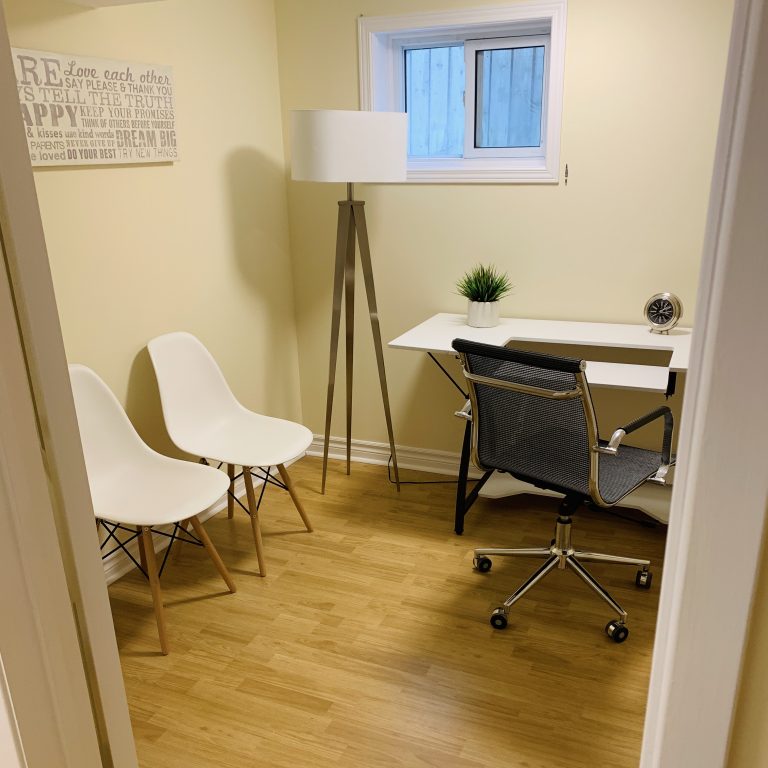
A couple months ago, I decided I was tired of carrying around years-old trauma baggage, and wanted to start working through some of it. Blessedly, I also found myself in a stable enough financial position that, for the first time in my life, I could afford to see a therapist whose fees were not handled by the Canadian government. It was time.
I ended up finding a really rad person who is very much equipped to handle the exact problems I intend to work on. But as you may know, that can be super hard to do if you are – like me – queer, kinky, and non-monogamous. Finding a practitioner with a working knowledge of these topics – let alone someone who has lived experience in these communities – is way harder than it should be, as evidenced by the number of people who have said to me, “I’m so jealous! I can’t find a good therapist!” lately when I’ve relayed this news.
So, in the hopes of being helpful, here’s the process I went through to find my current therapist. Best of luck!
Step 1: Figure Out Your Priorities
Granted, when going through times of psychological distress, we don’t always know exactly what is causing the turmoil we feel, or what kinds of approaches might help. But if you have any sense of the therapeutic modality(/ies) you’d like to explore, that’s good to know, as most therapists have particular methodologies they like best and know the most about. I knew, for example, that I wanted someone who knew a lot about the somatic effects of trauma. I knew, too, that cognitive-behavioral therapy hadn’t been particularly helpful for these issues in the past, so I wanted someone who didn’t rely too much on that modality. And I knew I wanted someone who would push me toward actual action and change, instead of just listening to me and affirming my feelings (which is great, but not enough in my case).
I also knew that whoever I chose would have to be reasonably knowledgeable about queerness, kink, and non-monogamy (as those are pivotal parts of the traumas I wanted to examine, and of my life itself), as well as gender (since my partner is nonbinary and many people I love fall under the trans umbrella). These things were non-negotiable because a lot of my roadblocks with previous therapists had come from them having little to no experience with clients in these communities and mostly just asking me, “What do other queer/kinky/polyam people do in your situation?” which, as you can imagine, wasn’t all that useful for me.
Step 2: Filter & Search
There are several websites dedicated to cataloguing therapists who work with various subcultures and marginal communities; Poly-Friendly Professionals is one, for instance, and so is Kink-Friendly Therapy. However, I wasn’t able to find as many practitioners in my geographic area on these sites as I wanted to. (If you live in a large U.S. city, your results might be different.)
After a little Googling, I discovered that PsychologyToday.com lets you search for therapists in your area and filter them by the issues they say they’re best equipped to handle (e.g. trauma), the modalities they use (e.g. somatic), and – best of all, for people like us – the communities they say they’re allied with (e.g. gay, transgender, kinky, non-monogamous). This is a total game-changer.
I narrowed down my search with a few filters and then opened a zillion tabs of different therapists’ pages so I could have a closer look at each of them. Most profiles on the site contain information about the practitioners’ degrees and certifications, how long they’ve been practicing, and what their rates are. This ought to give you a much more specific sense of which people are well-suited to you and which aren’t.
Step 3: Narrow It Down
Because I’m a nerd, I made a spreadsheet on Google Sheets of the top contenders from my PsychologyToday search. Its columns included: name, accreditation(s), rate, modalities, relevant identities (i.e. are they themselves queer/kinky/non-monogamous?), poly competency, trauma competency, and suggested next steps (i.e. whether their profile said they offered an introductory consultation call for new potential clients). This helped me see the bigger picture and eliminate some folks who didn’t seem like an optimal fit for me.
I sent out about 10-15 emails to therapists that fit the specifications I was looking for, and explained the issues I wanted to work on. Then I waited for their responses. Some never answered at all; some told me they weren’t accepting new clients at the moment; some wrote vague emails saying they thought they could handle what I’d asked about, without actually acknowledging the words of what I’d said.
Ultimately, the therapists who stood out to me were the ones whose replies specifically mentioned the issues I’d brought up, and related those issues to their own therapeutic approach(es). I also paid attention to how I felt when reading these emails, because a therapist’s “vibe” can be an important clue as to their potential compatibility with you.
Step 4: Consultations
Most of the therapists I contacted offer a free 15- or 20-minute consultation call (via phone or video chat) so the two of you can get a sense of each other and figure out whether you’ll be a good fit. I scheduled 3 of these calls, with the 3 most promising prospects from my shortlist: therapists who seemed confident they could handle my issues and whose rates were affordable for me.
In those chats, each therapist told me a bit about themselves and how they approach therapy. They allowed me to ask questions about their modalities of choice. I also made sure to ask them about their levels of experience, knowledge, and comfort around kink, queerness, gender, and non-monogamy, because – sadly – writing in your profile that you’re savvy about those things doesn’t necessarily mean that you are. I specifically brought up Daddy Dom/little girl kink in these conversations, because it’s a central part of my life and I know that some people are squicked out by it, so I wanted to make sure it would be okay for me to talk about it. It was also important to me that my new therapist avoid blaming my kinks on my trauma, or stigmatizing/pathologizing my kinks (the world does enough of that already!), so I made sure to mention that specifically.
When I talked to the therapist I ultimately ended up going with, I noticed she was listening to me very closely and would mirror my sentiments back to me in a way that felt very affirming. She also told me that she had lived experience with non-monogamy and non-normative genders, and that she’d worked with kinky clients and had a good understanding of kink but was not kinky herself. It was a mix of these more practical considerations and an overall good vibe that made me decide I should start seeing her.
I hope this helps you! Feel free to let me know in the comments if you have any tips of your own for finding therapists who are competent in these areas, or other niches/subcultures.

